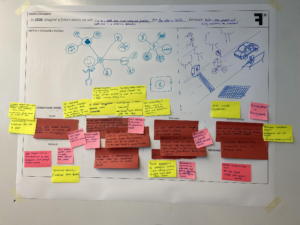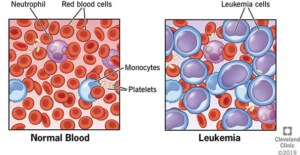Welcome back to our blog, dear CBI A3 community!
Today we are excited to share with you the latest updates on our Rapid Blood Analysis (RBA) project. With our exams completed, our team is now fully dedicated to the project’s second phase, where we plan to delve deeper into our concept of the device and its implementation.
To begin, we spent a significant amount of time brainstorming the most feasible way to introduce the RBA device to the patient – whether to implant it or wear it over the skin. Our team was concerned about the placement of the device under a patient’s skin, and its social acceptance. To address these concerns, we researched future trends in the medical and technological fields, utilizing information from the Future Today Institute. We also mapped out our ideas in the first phase and used this thinking in the second phase to refine our scope.

As we evaluated the RBA device, we aimed to make it an attractive complementary tool that people would be willing to use, bringing positive impacts to society. Our conceptual design remained consistent – the device would observe the components of blood through hyperspectral imaging by bypassing the blood through the device. While implanting something under the skin may make some people hesitant, we saw a future trend where the social acceptance of medical wearables, including implants, would increase. With this in mind, we narrowed the scope of our project and decided to focus mainly on the version where the device is implanted under the skin rather than just being a removable tool placed over the skin.
As we were refining the focus of our project, we also took the time to reconsider the illnesses that the device could potentially benefit. Our research on the capabilities of the HIP-MED camera using hyperspectral imaging revealed its potential in distinguishing white blood cells in the human body. We plan to leverage this technology to monitor and distinguish cancer cells in the blood, providing valuable medical data to doctors of patients with this illness. Our approach involves using the HIP-MED camera to count the white blood components and evaluate their shapes and sizes, providing a direct indicator of their health status.

This is particularly crucial in monitoring blood cancer, including leukemia and lymphoma. By continuously monitoring disease progression, our device could enable doctors to identify even the slightest changes in the blood picture, facilitate medication dosing, and potentially detect factors that may slow the disease.
Moving forward, we plan to further explore the medical topic of blood cancer and exchange ideas with medical professionals. We believe that our Blood Analysis Device has the potential to make a significant impact in the field of medical diagnostics, and we are excited to see where our research takes us. Stay tuned for more updates on our progress!

Recent Comments